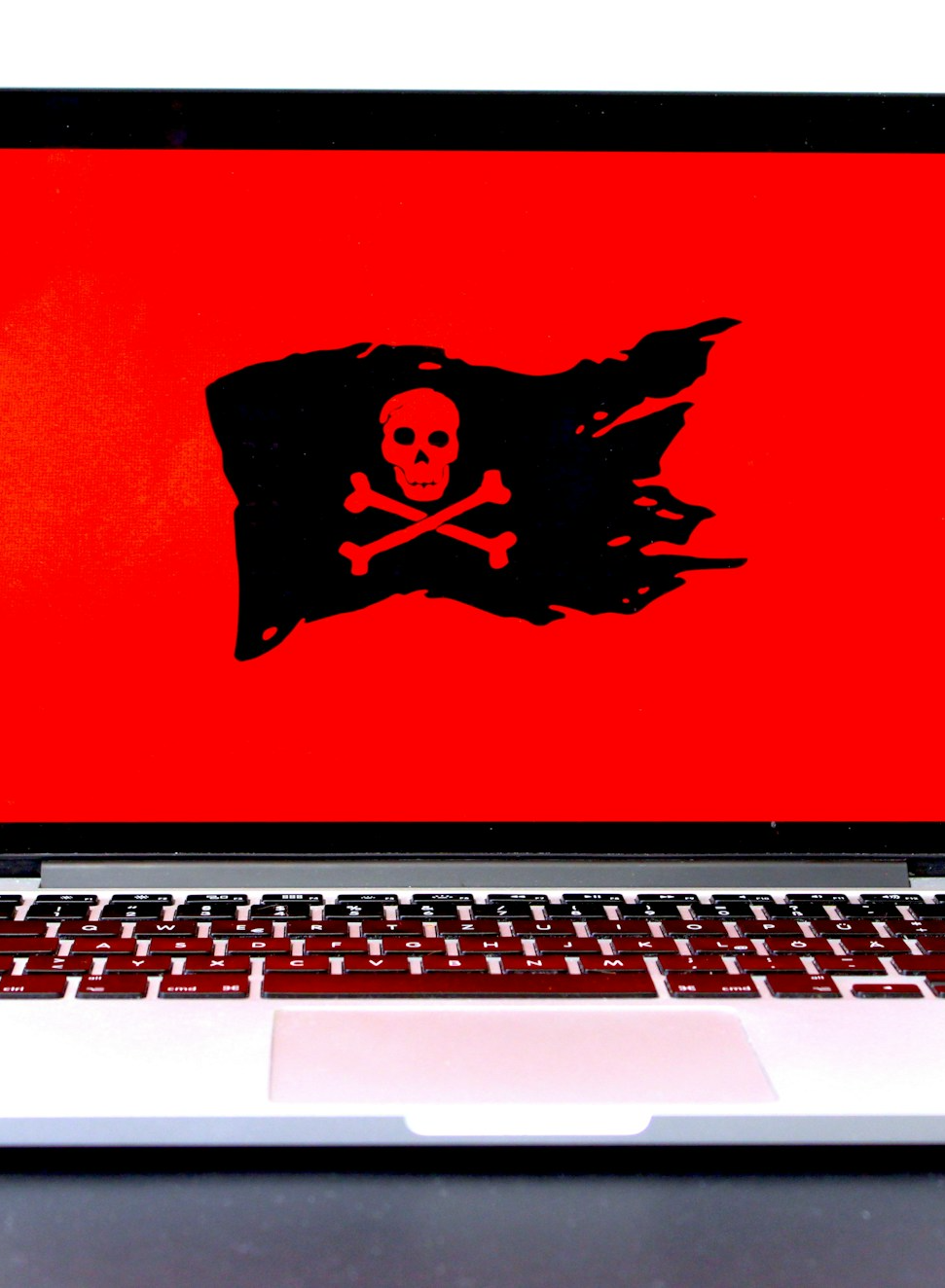Globally, there’s thousands of subscriptions services available across a wide range of categories.
A notable shift to a subscription was Adobe in 2013 when they moved to the creative cloud. The considerably expensive Creative Suite (including software such as InDesign, Photoshop and Illustrator) was discontinued and the Creative Cloud took its place offering Adobe services on a monthly basis.
Although you may not be a SAAS Business, there is a lot you can learn from the significantly popular SAAS business model and the impact it can have on operations and culture.
So what are the implications of running a business in a SAAS model and what can we learn
- Stay Relevant
When selling as a once off, the focus is on the profit and loss of each individual sale, but in a subscription business the focus in on usage and value over the user’s lifetime use of the products whether that be 1 month or 2 years. A SaaS product reduces risk to a minimum as they are often charged on a monthly basis so therefore the longest a customer has to stay with your product is 1 month (usually with a low cost). So rather than releasing one product and then releasing a new version sometimes years later, you need to consider how your product will continue to stay relevant…which leads into our second point
- Understand your customer
SaaS businesses are user-centric. Why? Because your user can leave as quickly as they came; and make no mistake you are not the only business offering your service. A successful SaaS understands the importance of UI and UX. Whilst getting your product out there, don’t forget the customer. Listen to their feedback; offer support; make changes where necessary.
- Service and Support is a revenue, not a cost
SaaS services have a particular lifetime value and when that ends, you still want your customers to stay with you. Service and support is critical to retention as you are engaging with them creating value and loyalty. It costs 6-7 times more to acquire a new customer than to retain one and 78% of customers will walk away because of bad customer service. If you’re considering launching a new app or service, carefully consider these points before you launch it.
There’s a lot to learn from not only SaaS business models, but also SaaS culture. The customer is at the centre of a subscription service. A SaaS business must continue to improve the offering, keep service high and never forget their competition - what are they doing that you’re not, and sometimes what you’re not doing that they are is a good thing. A SaaS culture is fast and always on.
While it may not be applicable to all business, some are trialling offering their services to clients based on a tier based subscription system that clients can alter at any time. You may not think about it, but there’s a high chance that you encounter these systems more frequently than you realise. As we begin to enter into the subscription economy and the ‘disruption era’ the way businesses offer their services will continue to change and evolve. While a SaaS model might not be applicable for your business, there’s a lot to learn and apply to your own business from the foundations on which it’s built.
--
Get industry news and updates delivered to your inbox





